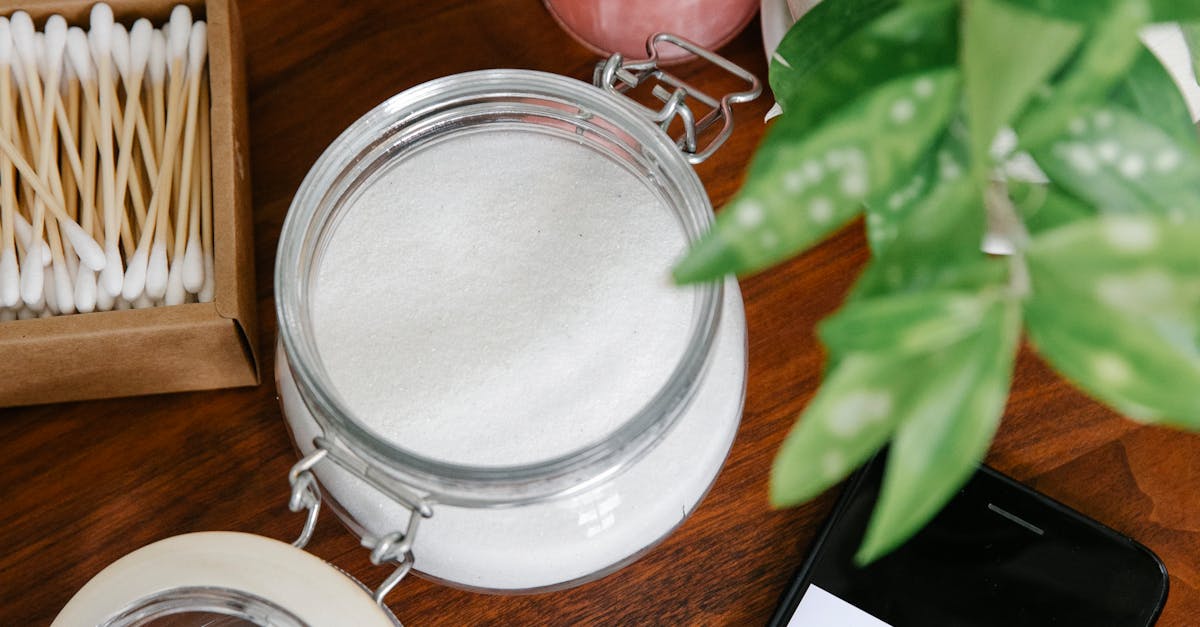
Pallets are essential tools in the logistics and transportation industry, used to store and transport goods of various shapes and sizes. However, one common challenge that arises when working with pallets is moisture damage. Moisture can compromise the integrity of the pallets, leading to a range of issues such as warping, mold growth, and overall deterioration. Therefore, it is crucial to implement effective strategies to protect pallets from moisture and ensure their durability.
Moisture damage can occur in several ways. For example, pallets stored in damp environments or exposed to direct weather conditions are highly susceptible to moisture infiltration. Likewise, during transportation, pallets may come into contact with wet surfaces, increasing the risk of water absorption. Additionally, if pallets are used in facilities where there is high humidity or condensation, moisture damage can gradually take its toll.
To combat moisture-related issues, various protective measures can be taken. One of the simplest yet most effective methods is to keep pallets off the ground. Elevating pallets using pallet racking systems or shelving units can prevent direct contact with moist surfaces, reducing the likelihood of water absorption. Moreover, covering pallets with watertight materials such as plastic wraps or tarps can create a barrier against moisture and safeguard the pallets during storage or transportation.
Furthermore, treating pallets with moisture-resistant coatings or sealants can significantly enhance their durability. These protective finishes create a waterproof layer that shields the pallets from environmental moisture, prolonging their lifespan. Additionally, implementing proper ventilation systems in storage areas can help regulate humidity levels and prevent condensation buildup, further mitigating the risk of moisture damage.
To further elaborate, regularly inspecting pallets for signs of moisture damage is crucial. By conducting routine checks, any early indications of moisture-related issues can be identified and addressed promptly, preventing extensive damage. Educating staff members on proper pallet handling techniques and the importance of moisture protection also plays a vital role in ensuring the longevity of pallets. By raising awareness and providing training, the risk of mishandling that could lead to moisture damage is significantly reduced.
Equally important, investing in quality pallets made from moisture-resistant materials can be a proactive approach to mitigating moisture damage. Opting for pallets constructed from plastic or treated wood can enhance their resilience against moisture and increase their lifespan. While this initial investment may be slightly higher, the long-term benefits of durable and moisture-resistant pallets outweigh the costs associated with frequent replacements due to moisture-related issues.
Moreover, collaborating with suppliers and partners to establish standardized protocols for pallet storage and transportation can help maintain a consistent approach to moisture protection. By aligning guidelines and practices across the supply chain, the risk of moisture damage to pallets can be minimized, ensuring the safe transport and storage of goods.
In reality, protecting pallets from moisture is an ongoing effort that requires attention to detail and a proactive mindset. By incorporating a combination of preventive measures, regular maintenance routines, and stakeholder collaboration, the impact of moisture damage on pallets can be significantly reduced, ultimately improving operational efficiency and reducing costs associated with pallet replacement. Read more here
Preventing pallets from water damage
Given the critical role pallets play in the supply chain, maintaining their integrity by protecting them from moisture damage is paramount. However, not all pallets are created equal in terms of resistance to water and humidity. This is where the choice of materials becomes crucial – certain types of wood or plastic compositions are naturally more resilient against moisture compared to others.
Wood pallets, for instance, can vary in their ability to withstand water damage based on factors such as the type of wood used and whether they are treated with special coatings. Meanwhile, plastic pallets are generally known for their superior moisture resistance, making them a prime example being the material of choice in damp or humid environments.
In warehouses or transportation settings where moisture management is a concern, opting for plastic pallets can be a strategic decision to minimize the risk of damage. Although plastic pallets may have a higher upfront cost, their longevity and durability in moist conditions can lead to cost savings over time. Consequently, for facilities prone to moisture-related issues, investing in plastic pallets could be a wise decision that pays off in the long run.
While wooden pallets remain a popular choice for many businesses due to their affordability and versatility, treating them with moisture-resistant sealants can significantly enhance their durability. This approach can offer a cost-effective solution for those who prefer wooden pallets but require additional protection against moisture.
In like manner, safeguarding pallets from water damage is not limited to a single solution but rather a combination of methods tailored to the specific needs of each operation. By carefully considering the environmental conditions, materials used, and maintenance practices, businesses can effectively prolong the lifespan of their pallets and ensure the smooth flow of goods throughout the supply chain. Learn more here

In conclusion, safeguarding pallets from moisture damage is a multifaceted process that demands a proactive and comprehensive approach. By combining preventive measures, regular maintenance checks, and stakeholder collaboration, the detrimental effects of moisture on pallets can be significantly minimized, leading to enhanced operational efficiency and cost savings in the long run. Choosing the right materials, implementing protective measures like elevating pallets and using moisture-resistant coatings, and educating staff are all integral parts of a successful strategy to protect pallets from moisture-related issues.
Ultimately, recognizing the importance of pallets in the logistics and transportation industry underscores the necessity of maintaining their durability and resilience against environmental factors like moisture. The investment in quality pallets and the adoption of moisture protection strategies can positively impact the entire supply chain, ensuring the safe handling and transportation of goods.
By addressing moisture damage proactively and tailor-fitting solutions to the specific needs of each operation, businesses can uphold the integrity of their pallets, minimize risks, and streamline their processes. Embracing a holistic approach to pallet protection sets the foundation for smooth operations and efficient logistics management, transcending the challenges posed by moisture and enhancing the overall sustainability of supply chain operations. Find out more here
